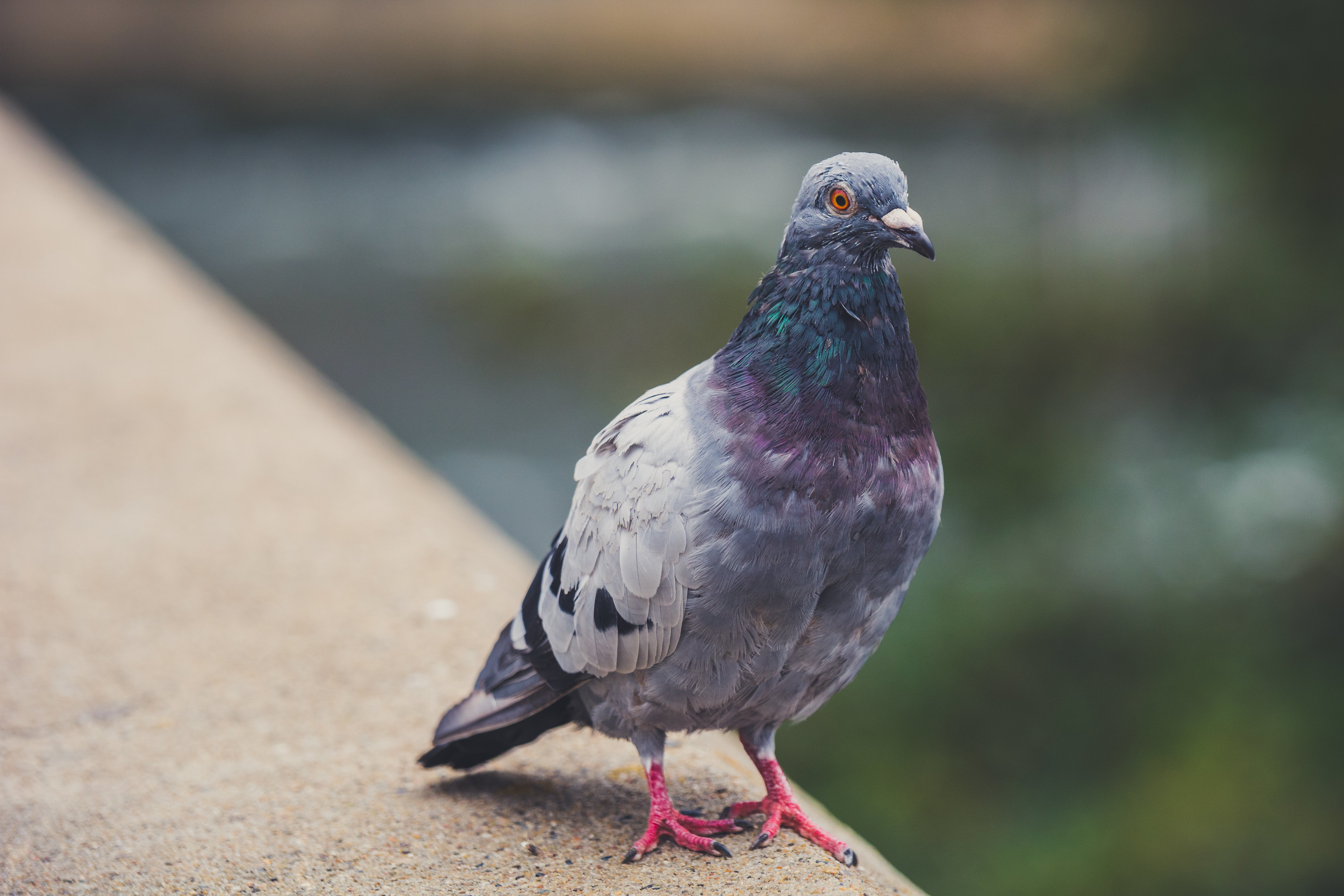Watching them fight over crumbs of bread on the pavement and panic whenever a human walks near, pigeons don’t seem like the smartest creatures on the planet.
But a new study has found that they can actually understand complex concepts such as space and time, a feat previously thought impossible.
In fact, the research reveals that our feathered friends are far closer to humans in levels of abstract intelligence than we understood.

Humans have a region of the brain called the parietal cortex – part of the cerebral cortex or outermost layer of the brain – the location of higher thought processes including speech and decision making.
This is also the area that allows us to understand time and space, even without access to measuring devices such as watches or rulers.
Researchers have long known that pigeons do not have this same parietal cortex. So it should follow that they are unable to understand these notions.
But the team from the University of Iowa found in experiments (when they were shown a static horizontal line and had to judge its length or the amount of time it was visible) that they could correctly perform these tasks.
This finding suggests there is a different region of the brain that birds use.
Professor Edward Wasserman, says: “Those avian nervous systems are capable of far greater achievements than the pejorative term ‘bird brain’ would suggest.
“The cortex is not unique to judging space and time. The pigeons have other brain systems that allow them to perceive these dimensions.”
Not only does it suggest that there is another system at play that allows animals to understand these things, it also adds to growing recognition in the scientific community that lower-order species (birds, reptiles, fish) are capable of high level decision making.
“Indeed, the cognitive prowess of birds is now deemed to be ever closer to that of both human and nonhuman primates,” says Wasserman.
Smart or not, pigeons have previously been used to perform jobs for humans, including measuring our levels of air pollution in urban areas.
The Pigeon Air Patrol saw a flock of pigeons fly around London collecting valuable air pollution data and then live-tweeting it out to the public.
Over the course of three days the ten pigeons flew around the capital while Londoners were able to request an air pollution update on their local area by tweeting them their location at @PigeonAir.